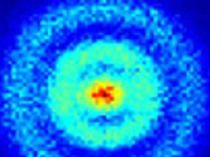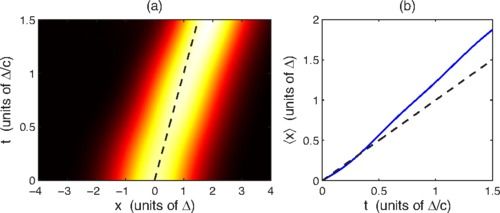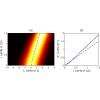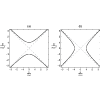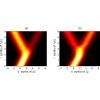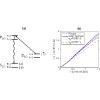Feb 11, 2016
Large Hadron Collidor Finds Particles That Defy The Standard Model Of Physics
Posted by Shailesh Prasad in category: particle physics
An international group of scientists, with the help of CERN’s Large Hadron Collider (LHC), have found proof of something physicists have spent decades expecting for, subatomic particles acting in a way that challenges the Standard Model. By using the LHC, scientists observed conditions that violate the standard rules of particle physics. The group of physicists looked at data gathered from the LHC’s first run from year 2011–2012, a run made famed for the discovery of the Higgs boson, and found the proof they were looking for: Leptons disobeying the Standard Model. Leptons are a group of subatomic particles consist of of three different variations: the tau, the electron, and the muon. Electrons are very stable, however both the tau and muon decay very fast.
Image credit: Michael Taylor/Shutterstock.



